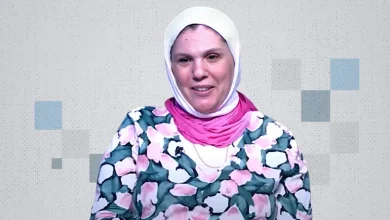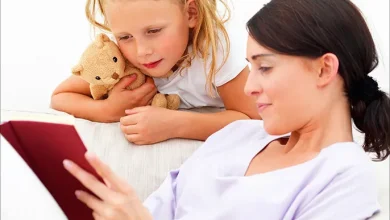Parents often label their children as “shy“, especially when they exhibit certain behaviors towards strangers or in family gatherings and public places. However, psychological studies distinguish between the cautious reactions of a shy and introverted child, Social Anxiety in Children.
In an article published on Today Parents, a website focused on parenting issues, clinical psychologist Jean Otto from Palo Alto University in California clarifies, “Shyness and introversion are not the same. A shy child may feel uncomfortable in some social situations and often takes longer to warm up, becoming more interactive as their comfort level increases away from unfamiliar people or situations.”
Otto adds, “An introverted child, on the other hand, prefers solitude and feels equally about known and unknown people. Thus, the trait of shyness accompanying children before puberty should not be a cause for concern. It’s crucial for parents to accurately identify symptoms and recognize the impact of social anxiety on their children’s lives.”
Shyness or Social Anxiety
Labeling a child who prefers solitude as “my shy child” to explain their condition to strangers does more harm than good. It offers a seemingly nice reason to justify isolation and avoid interacting with others, making it a permanent character trait rather than a changeable one.
In contrast, Fran Walvish, a family and relationship psychotherapist, emphasizes the importance of boosting a child’s self-confidence and developing their social skills, especially in dealing with shy children. She warns against branding shyness in a child as a flaw or deficiency.
Greater Suffering
According to the Social Anxiety Institute, the only specialized center in the world, shyness is a personality trait, while social anxiety is accompanied by other negative emotions. Jean Otto explains, “Anxiety often comes with physical symptoms and brings feelings of fear, tension, and daily embarrassment, hindering individuals from carrying out their daily activities.”
Jennifer Salerno, a psychotherapist and lecturer at the University of Michigan, through her “Change is Possible” program, states that national estimates for children and adolescents aged 3 to 17 show that 9.4% are diagnosed with anxiety. Among 96,000 students nationwide, 37% reported anxiety disorders.
Overindulgence or Excessive Strictness?
From school fears to avoiding family gatherings or interaction with strangers, various types of anxiety accompany children in primary school. Dr. Mohamed Said Al-Imam, a psychiatrist and child psychiatry consultant, explains that social anxiety often links to parents’ excessive fear for their children, leading to school-age children and beyond being unable to act and fear experimenting in different situations, preferring isolation over mingling with others and making mistakes.
Al-Imam further differentiates between a shy child and one suffering from social anxiety, “A shy child’s circle of safety expands with every person they trust and feel comfortable around, starting from their immediate family to a broader circle including schoolmates and teachers.”
He continues, “But a child with social anxiety remains isolated even from those closest to them, finding family visits burdensome, avoiding morning calls from grandparents, and showing minimal interaction with family. In the classroom, they exhibit clear traits noticed by teachers, such as trembling at questions even when knowing the answer, preferring not to mingle during breaks, and having maybe only one friend. These signs indicate a special case of anxiety requiring therapeutic intervention with a behavioral psychologist and family counseling to address parenting issues leading to this condition.”
Coping Strategies
To overcome social anxiety in children, Dr. Said Al-Imam advises parents to discuss their child’s fears, whether real or imaginary, and teach them methods to overcome negative thoughts in anxiety-inducing situations. An important first step for a child feeling excessive anxiety is to relax completely and breathe slowly, allowing oxygen to flow well to the heart, reducing tension and nervousness.
He emphasizes the importance of guiding children towards muscle relaxation, as anxiety often involves muscle tension. Repeatedly clasping and unclasping hands for 5 minutes can alleviate this state.
Children under social anxiety pressure tend to firmly believe negative thoughts about themselves and others, avoiding new experiences, participation in activities, or events. Here, parents play a crucial role in linking their child’s mind with positive thoughts about themselves and others, replacing negative ideas, whether in studies or with friends, integrating them with others, and activating their social and problem-solving skills instead of shielding them from facing problems.
For more information on this topic, visit dzwatch.net , Social Anxiety in Children



